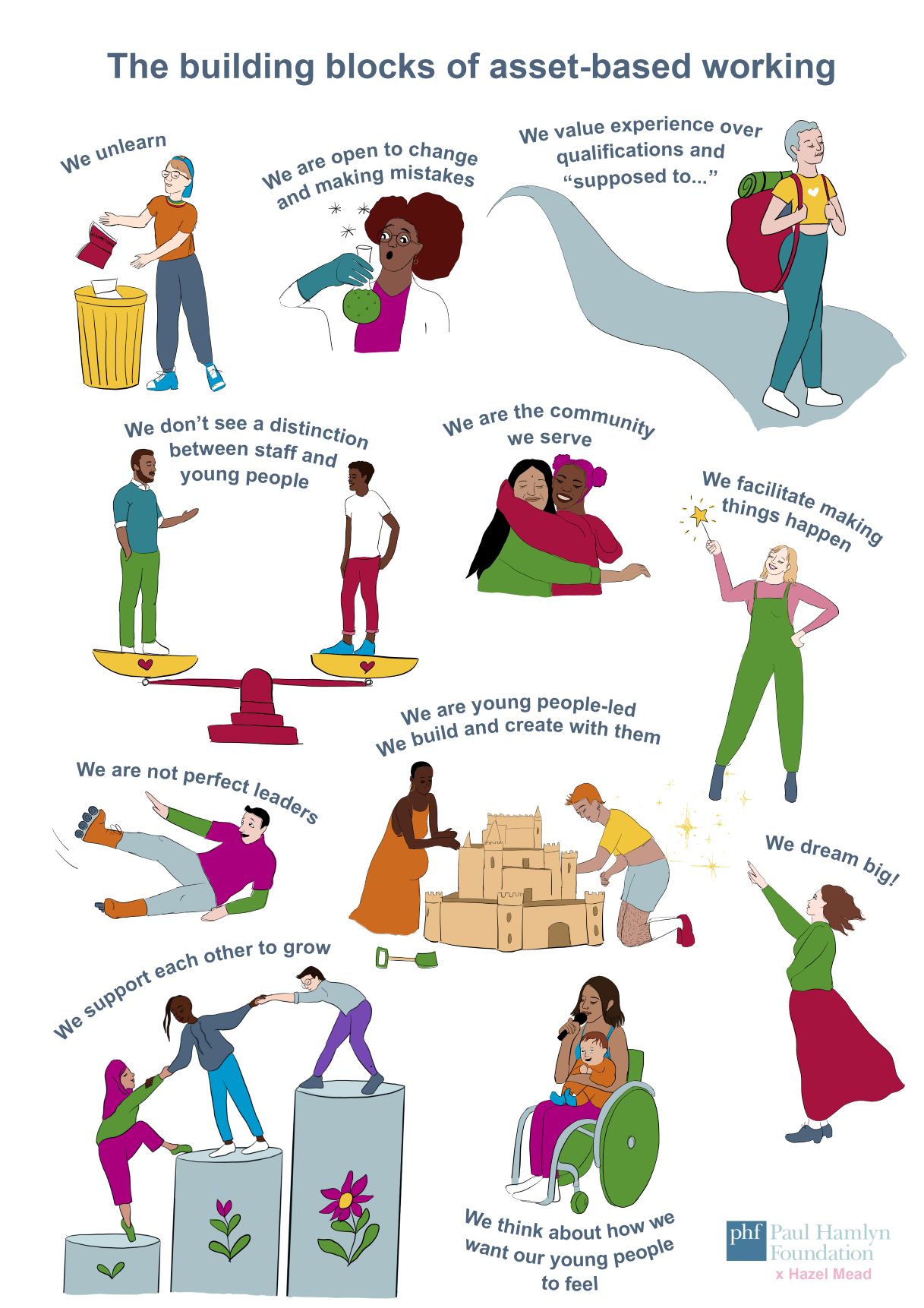Obesity is this week’s hot topic because it increases the risk of serious illness or death from Covid-19. But we all know it’s a much bigger problem than that. In 2018, more than one in four adults and one in five 10-11 year olds in England was obese. The picture is similar in other parts of the UK.
Physical activity is a critical element to any serious attempt to reduce obesity at an individual or societal level. It’s already being trailed as an important part of the Government’s soon-to-be-launched obesity strategy.
We’ve explored the impact and efficacy of physical activity interventions with many charities over the years including the British Heart Foundation, the Stroke Association, the Ramblers, Macmillan Cancer Support, Prostate Cancer UK, The Conservation Volunteers, Mind and Versus Arthritis.
Here are four lessons we’ve picked up from our work in this area:
- It’s not just about losing weight: physical activity improves mental wellbeing. It helps with ‘prehabilitation’ (being fitter ahead of major surgery) and being better able to self-manage chronic and long term health conditions. Group activities also help people to overcome social isolation. Finding the right trigger to get people active is critical – it might not always be weight reduction. It might not be a ‘traditional’ form of fitness that works for an individual.
- The first time is a big step: turning up for a first exercise class, or getting on a bike for the first time, can be a major success for some people. People may fear exercise – harking back to bad school experiences – or they may face body image issues. Signposting by GPs can reassure people that this particular exercise is suitable to them. Buddying systems help to give people confidence that they will not have to face the challenge alone. Group members can be fantastic advocates, articulating the benefits in ways that resonate strongly with new joiners.
- Creating a habit is key: the curse of the New Year’s resolution: it’s easy to do something new once or twice, but it’s much harder to make it stick, to make it a habitual part of our lives. People need to want to keep going. That may be about ensuring that an activity is a welcoming community that’s worth returning to. We have seen examples of groups where people attend even if they don’t want to participate that day, just to be with their new friends. Or it may be about ensuring that a person’s sense of achievement is bolstered, especially when evidence of physical improvements may take a while to emerge.
- It can be cost-effective, but it’s not free: done properly, charity-led interventions can be a cost-effective way of increasing physical activity, but they’re not free. Volunteers are often critical to their success, but paid staff are essential in a range of roles: professional trainers, logistical support, creating and maintaining relationships with health and social care services. If, as the Government suggests, there is to be more social prescribing of physical activity, it’s important that charities and community organisations are sufficiently resourced to respond to the increase in demand for their services.
To find out more about our work in this area, check out some of our published reports:
- Walking for Health – a Theory of Change and consultation exercise for The Ramblers and Macmillan Cancer Support
- Get Active for Arthritis – an evaluation for Versus Arthritis
- Hearty Lives – an evaluation for the British Heart Foundation



